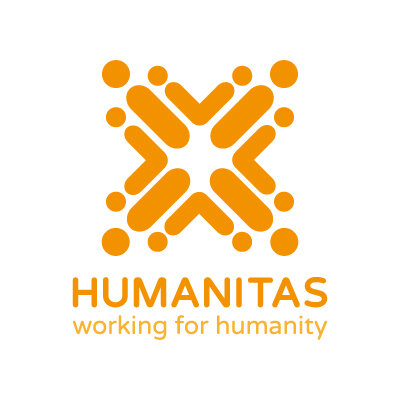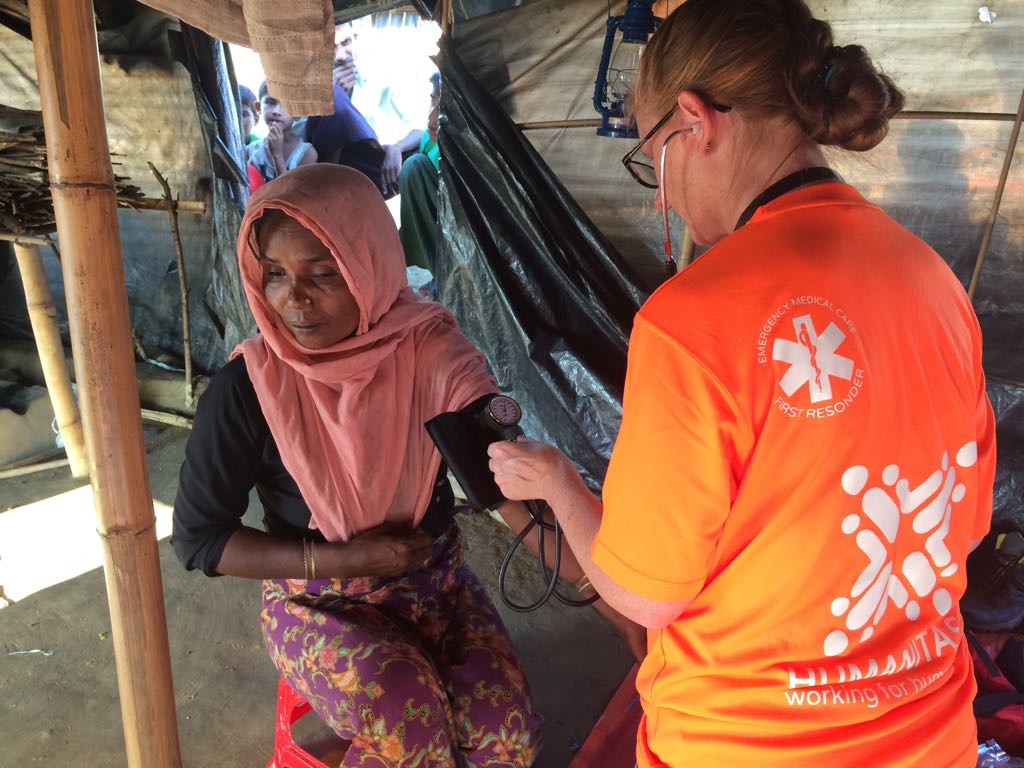Working with Rohingya Refugees
I’ve been sitting for a while now, pondering and considering what to write about my first 4 days in Bangladesh. I’m not entirely sure how to articulate things, how to explain how the camps are set up and about the people living there. This isn’t necessarily due to the horror of the place smacking me right in the face, more that I’ve just never seen anything quite like it before. Approximately 600,000 Rohingya Muslims are now living in Bangladesh, just across the border from Myanmar and now homed in 23 refugee camps. These people have fled from atrocities I have never known and hope that I never ever will. Husbands being shot, families ripped apart, villages burnt to the ground and all in the name of what? Religion, it sucks big time. Despite fleeing from these horrors the Rohingya people appear to be resilient, determined and above all a community. Yes I have heard some harrowing stories this week, but I have also seen courage, strength and a will to not give up and be beaten. They have been forced out of their homes and had to start a new life somewhere else. Forests have been cut down to make way for bamboo structures, bamboo bridges have been constructed and pathways paved with sand bags. There is no electricity, no readily available water, food is scarce and human waste litters the lakes and the streams running through the camp. Despite all this I have found the Rohingya people have warmth, gratitude for the help we are giving and compassion for those fellow human beings around them. Maybe instead of ignoring these people the world could learn from them?
by Gilly Spence, Humanitas Nurse.




